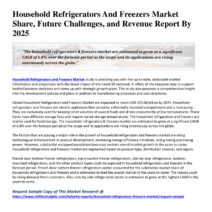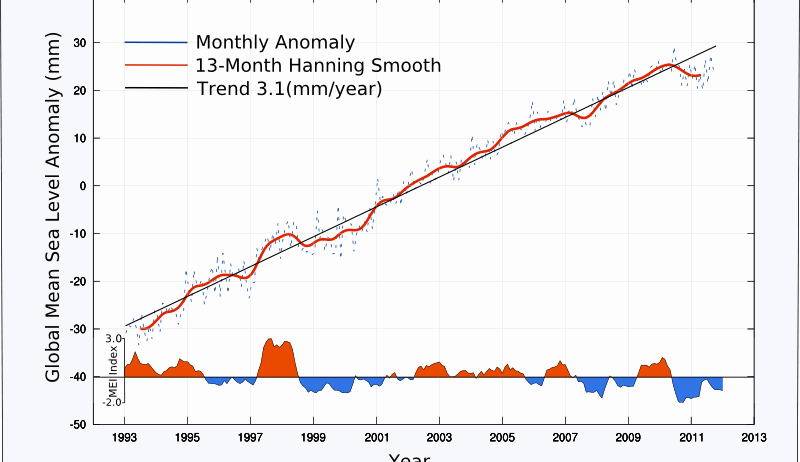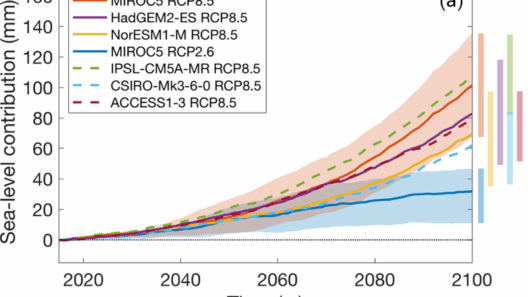Sea level rise has become an increasingly urgent concern for many coastal communities and nations around the world. With scientific advancements in satellite technology, tide gauges, and modeling techniques, researchers have amassed a body of evidence indicating a troubling trend in rising ocean levels, which pose significant risks to ecosystems, infrastructure, and human populations. Understanding how we know that sea levels are rising is crucial as it empowers decision-makers and the public to confront climate change effectively.
In this article, we will explore the methodologies employed by scientists to monitor sea level changes, delve into the underlying causes, and tackle the implications of this phenomenon.
Gathering Data: A Confluence of Technology and Observation
Modern science harnesses a variety of techniques for measuring sea level changes across the globe. One primary method is the use of satellite altimetry, a remote sensing technique that sends radar pulses from satellites to Earth’s surface. By calculating the time it takes for the signals to return, scientists can determine the precise distance between the satellite and the ocean surface. This data, collected over time, provides insights into trends in sea level change. Notable satellites, such as the TOPEX/Poseidon and Jason-1, have been pivotal in establishing accurate sea level measurements since the early 1990s.
In addition to satellite data, tide gauges have been utilized for over a century, providing long-term observations of sea level fluctuations in specific geographic locations. By comparing tide gauge measurements with satellite altimetry data, researchers can corroborate findings and identify regional variations in sea level rise. This amalgamation of high-tech and traditional methodologies constitutes a robust foundation on which scientists can build their analyses.
The gravitational pull of the Moon and the Sun also plays a role in sea level variations. Tides generated by these celestial bodies can create short-term oscillations, complicating the overall picture when measuring long-term changes. However, by using sophisticated models that account for these tidal influences, researchers can isolate and assess the underlying trend of global sea level rise.
Causative Factors: Climate Change and Its Consequences
Understanding the dynamics of sea level rise necessitates exploring its causative factors. Primarily, two drivers contribute significantly to rising oceans: thermal expansion of seawater and the melting of glaciers and ice sheets.
As ocean temperatures rise due to climate change, seawater expands, leading to an increase in volume. This thermal expansion accounts for roughly half of the observed increase in sea levels. According to studies, the oceans absorbed more than 90 percent of the excess heat generated by human-caused greenhouse gas emissions, which has exacerbated this phenomenon.
On the other hand, the melting of ice sheets—particularly in Greenland and Antarctica—has intensified in recent decades. As glaciers retreat and ice mass diminishes, freshwater contributes directly to ocean levels. Research indicates that the melt rates of these ice masses have accelerated, yielding alarming projections of future sea level increases. Continued observations are imperative in understanding how these vast stores of ice are responding to climate change.
Another noteworthy factor is the depletion of groundwater resources. As freshwater is extracted from aquifers for agricultural and urban use, the resulting water often finds its way to the sea. This anthropogenic contribution, while less discussed, aligns with the overall trend of rising sea levels. By linking groundwater usage to sea-level changes, researchers illuminate an often-overlooked source of saline influx.
Projected Trends: Navigating an Uncertain Future
Future projections regarding sea level rise remain fraught with uncertainty due to the factors influencing these changes. However, a consensus among climate scientists suggests that, if greenhouse gas emissions continue unabated, global sea levels could rise anywhere from 0.3 to 2.5 meters by 2100. This wide range stems from uncertainties in ice melt rates and thermal expansion properties.
Local impacts of sea level rise may vary substantially, influencing not only coastline geography but also ecosystems and human livelihoods. Communities in low-lying areas are particularly vulnerable, facing increased risks such as flooding, erosion, and saltwater intrusion into freshwater resources. Thus, the need for adaptive strategies and resilient infrastructure becomes paramount.
Mitigation and Adaptation: The Path Forward
Confronting rising sea levels necessitates both mitigation and adaptation efforts. Mitigation strategies target reducing greenhouse gas emissions to limit temperature increases, potentially alleviating further disruptions to climatic systems. Transitioning to renewable energy sources, enhancing energy efficiency, and adopting sustainable land-use practices are critical components of an effective climate action plan.
Meanwhile, adaptation entails preparing for the inevitable changes already set in motion. Coastal communities can invest in resilient infrastructure, such as sea walls and green spaces that absorb storm surges, as well as revising zoning regulations to steer development away from vulnerable areas. Implementing comprehensive planning strategies that incorporate projected sea level rise data will enable communities to withstand the challenges posed by this phenomenon.
In conclusion, the evidence supporting rising sea levels is compelling and substantiated by a multitude of scientific observations. By examining the data, understanding the causative factors, and preparing for the impacts, society can take meaningful steps toward managing this critical environmental challenge. As the stakes rise, informed action becomes more vital than ever, ensuring a sustainable future for generations to come.







